Reducing speckle noise in 3D mapping
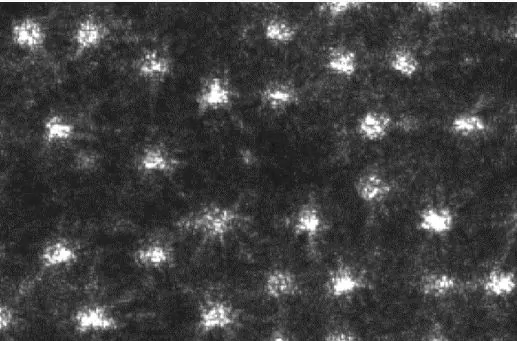
Laser sources are typically used in 3D depth mapping of random and pseudo-random pattern projectors. This is because laser sources are coherent enough to diffract through a diffractive optical element (DOE), unlike non-coherent sources (LED), which can’t. The downside of highly coherent lasers is related to the inherent laser speckle effect which reduces the accuracy […]
Object tracking with OpenMV
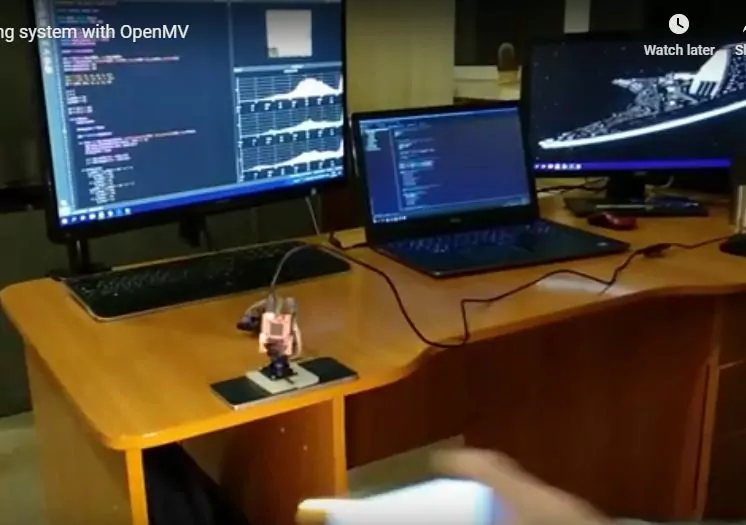
We’ve been experimenting recently with our OpenMV camera and tools. In this video, you can see a simple system to track objects. Building this cost just $80 for the camera and a few hours’ time of coding and testing. In addition to a cellphone backlight , we were able to track more complex objects like […]
Simple optical device for defect detection
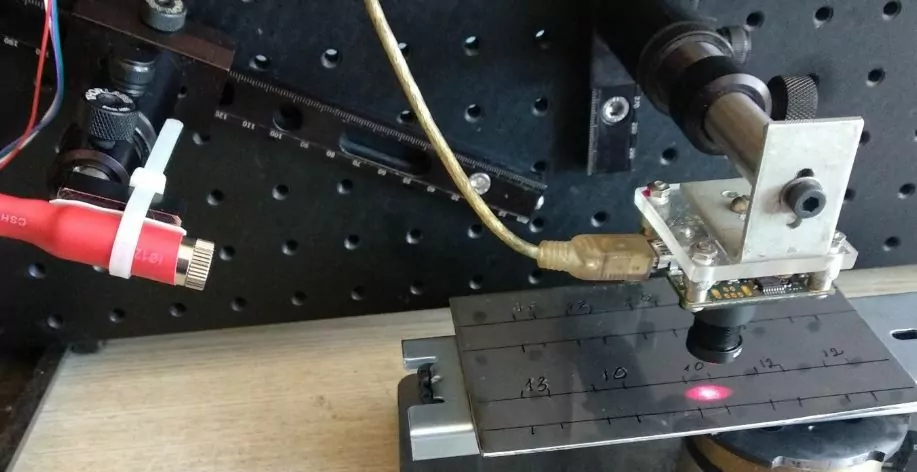
In industrial applications (including automotive and aviation), small manufacturing defects can lead to expensive or catastrophic failures. Manufacturers rely on human inspection or costly and complex optical systems hardware to detect such defects. Recent advances in camera processing and software development have created the potential for lower cost and more flexible inspection systems. This post […]
Moving from RasberryPi image processing to an MCU
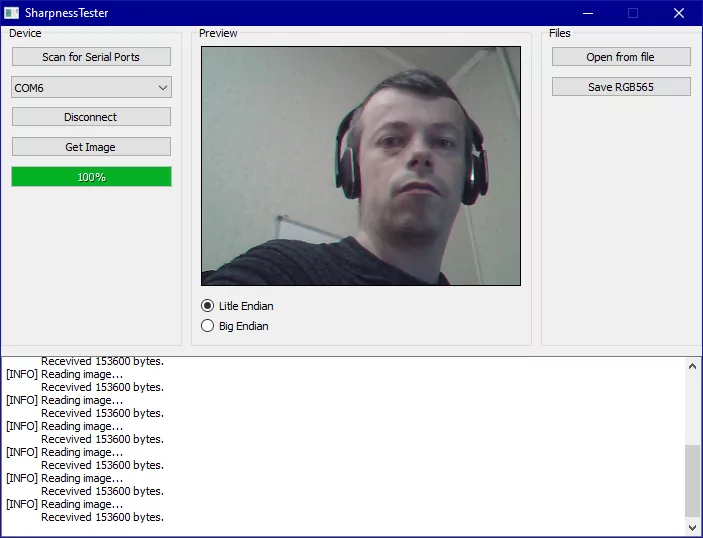
We’ve built a number of image processing systems that use Raspberry Pi and other single board computers together with OpenCV and other Python libraries such as Scikit image and Dlib. For example, take a look at this defect inspection system This works well for prototyping but for volume production, a RaspberryPi can be overkill. You […]
Telecentric Lens Design: Enhancing Precision in Optical Systems
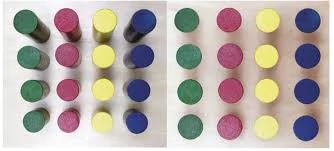
Introduction to Telecentric Lenses An important goal in machine vision applications is taking measurements in a consistent, accurate, and precise manner. This can include measuring the dimensions of manufactured parts to guarantee they are within the design tolerance, or measuring the width of electric tracks in a PCB. For these applications, telecentric lenses can deliver […]
Powell Lens Design
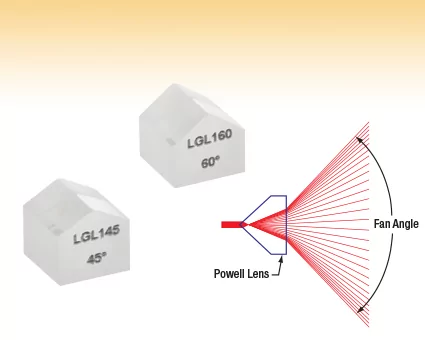
Previous posts have reviewed different techniques for beam homogenization as well as the difference between spot size and beam angle. This post will review a method for beam shaping using Powell Lenses. Powell lenses are lenses that create a straight laser line by dispersing, in a controlled way, an input collimated beam. They were first […]